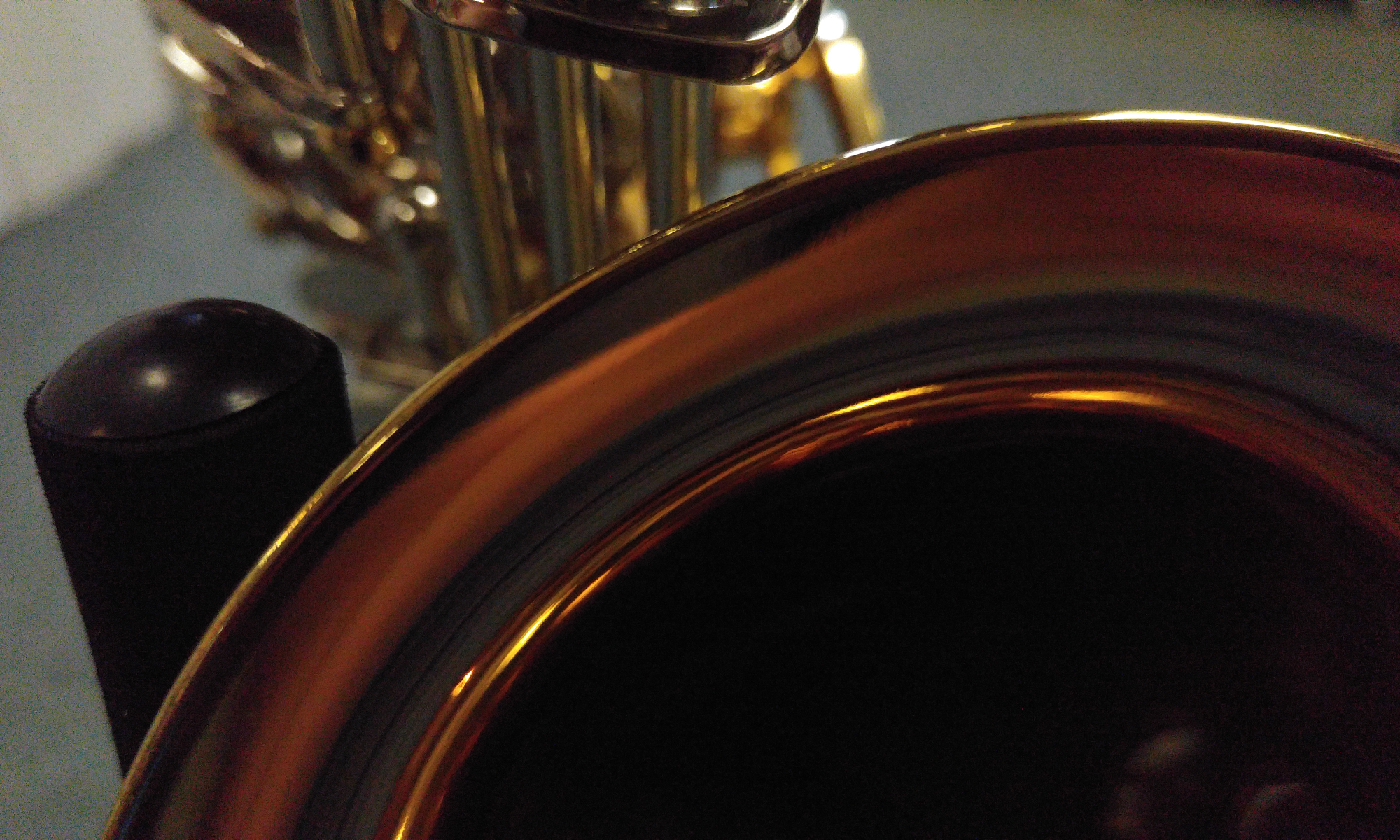Ken Hada is unequivocally a poet of place, and his poetry is at its best when it clears a space where readers can dwell for a time in “the gypsum hills of northwest Oklahoma and the Ozarks of north Arkansas.” There are moments in The Way of the Wind when this happens almost flawlessly — as in “The Windmill” (12), which “creaks and groans / the belt squeaking in prairie wind, / wrinkled blades twirling / in tired momentum / unbalanced.” We can see it, but we can hear it as well — especially in the direct discourse of the short first line — no simile, just the sound an old windmill makes in prairie wind, here and now. And in “A Cedar Grove” (15), “Musing in wild / transcendence, / buoyant bluebirds / sing me back.” The alternation between lines of four syllables and three throughout the poem evokes something of the rhythm of a bluebird’s song.
The book is divided into three sections, and the strongest poems (because they are most direct) come in part three, “Singing of Transience,” where moon is “Just a sliver / of light,” smoke is “incense returning / to vials / from the temple / of the gods /of Autumn” (21), and blood is “as familiar / as it is foreign, / ordinarily strange / like turning leaves.” Hada comes to blood by way of “Red-tipped fescue / red sumac, ivy, / cedar bark and berries –” in a place where “even the water is red” (62).
Writing of Hada’s collection, Texas poet laureate Larry Thomas says “if the timeless red dirt of Oklahoma could speak, this book would be its forceful utterance.” At its best, that’s exactly what it is — Oklahoma red dirt singing. Readers who know Oklahoma will recognize familiar tunes and sing along. Those who don’t know Oklahoma but listen will hear it here in the rhythm and words of Ken Hada’s poems.
reviewed by Steven Schroeder, Chicago
Kenneth Hada. The Way of the Wind. Cheyenne, Oklahoma: Village Press, 2008. ISBN 978-0-9791510-7-1.
